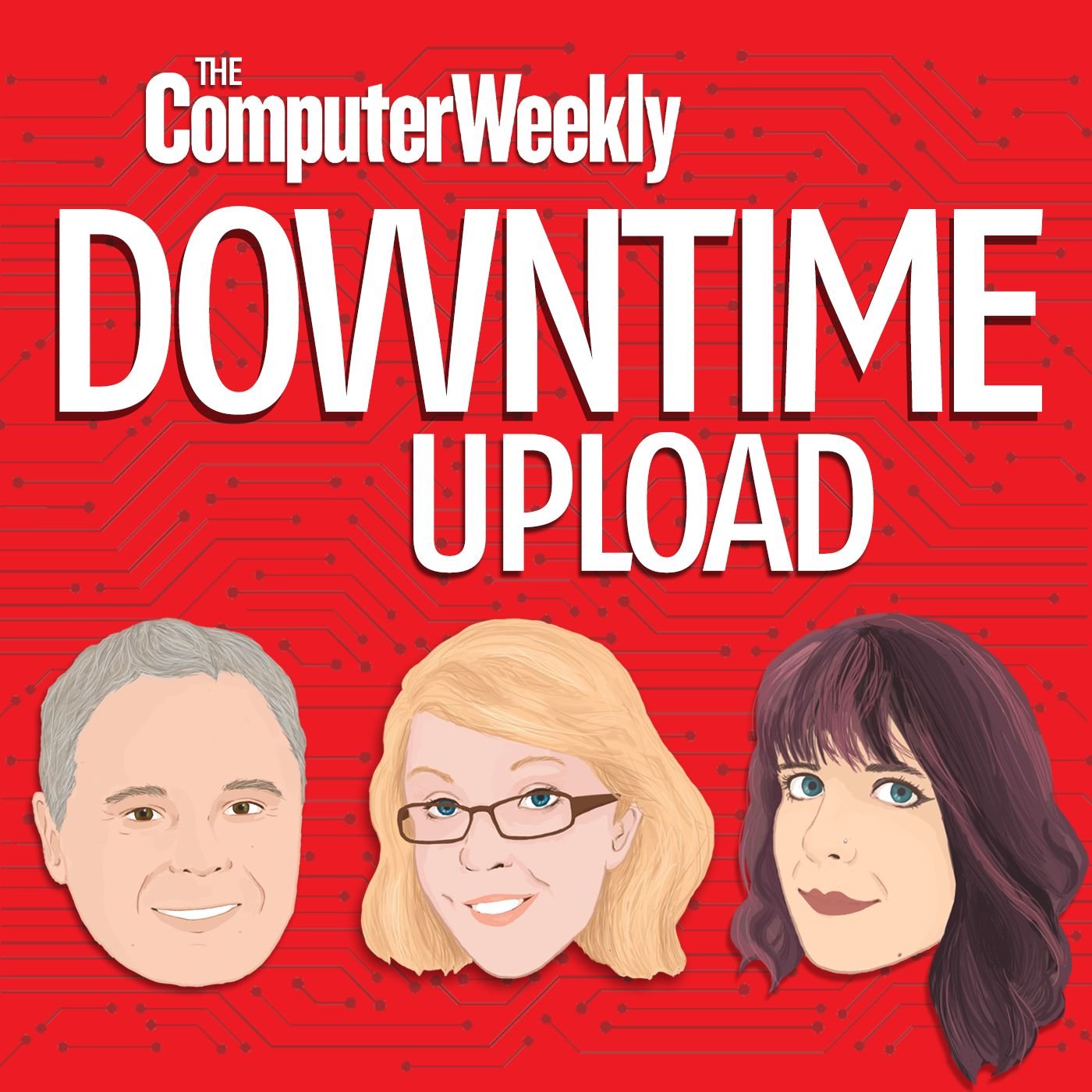
Elnur - stock.adobe.com
Next-gen AI: A Computer Weekly Downtime Upload podcast

Mark Raskino, co-author of When Machines Become Customers, discusses machine-to-machine commerce
People are beginning to get used to subscription services for the items they buy on a regular basis, and devices such as inkjet printers are now able to order ink cartridges themselves.
For Gartner fellow Mark Raskino, machines can behave like human customers. “It’s not a technically complex idea,” he says. “But it is a very profound idea.” Raskino believes it will take quite a long time for people and businesses to admit that the machine itself has become the customer, rather than simply acting as a channel through which humans are able to make purchases.
Today, he says, it is entirely possible to ask a smart speaker like Amazon’s Alexa to make a recipe like a stew, and the artificial intelligence will find the recipe and ingredients, and even purchase them from Amazon. This is about delegating the work of being a customer to that machine. “The machine’s found the recipe, decided what ingredients are needed, and then went on to shop for those ingredients,” said Raskino.
The book describes four phases in the evolution of the machine customer. The first, “phase zero”, is what exists today in home appliances such as dishwashers, which alert the human that they need more salt.
“Phase zero is what we call machines as announcers,” he says. “The next level up would be the adaptable customer.” This is where the machine will start to infer a need on behalf of its owner and will then be able to shop for these items from different sources.
Looking back at the recipe example, Raskino says: “It might be providing healthy choices because it knows you’ve been drinking quite a lot of alcohol lately and maybe need more vitamins.”
This is not a simple replenishment action since the machine is making a more informed decision. Similarly, a smart vacuum cleaner may be able to sense that the pet cat is losing a lot more hair than normal. It may automatically order supplements or perhaps book a vet’s appointment.
Plenty of opportunities
Raskino sees plenty of opportunities for people to work in an ecosystem where the machine is a customer. For instance, a smart oven may sense it needs a clean and book in an oven cleaner service itself. A home equipped with smart locks would be able to send the oven cleaner a one-time PIN for entry into the house.
The final stage of the machine customer is one where the machine is fully autonomous and makes its own purchasing decisions. One example given in When machines become customers is the smart fizzy drinks dispenser in convenience stores. As Raskino points out, figuring out what fizzy drinks are selling best is a quite dull, repetitive task. Drink distributors have salespeople who end up talking to shop owners to try to encourage them to change the mix of drinks in their fridges.
“The whole thing is quite inefficient,” he says. “We’ve been talking to a couple of drink distributors who are working on smart fridges.”
Such a fridge would have access to local weather conditions and understand the makeup of the people visiting the convenience store along with knowing what drinks are being picked up. In effect, the smart fridge has become the customer, and autonomously replenishes by predicting likely demand.


